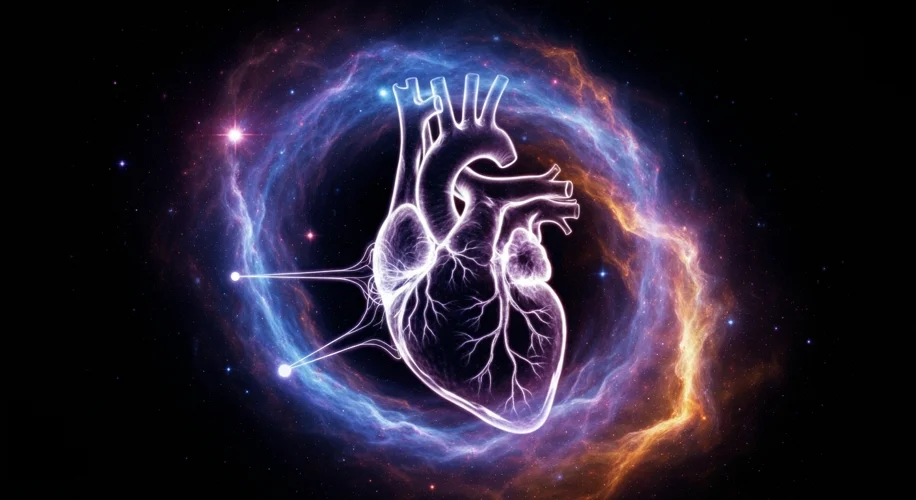Okay, so hear me out… we all know AI is getting seriously good at stuff. But when it comes to spotting diseases in medical images, it’s not just good, it’s often better than human doctors. It sounds wild, right? Is AI secretly a medical genius, or is something else going on?
Let’s dive into how AI is flexing its diagnostic muscles, especially with things like X-rays, CT scans, and MRIs.
It’s All About the Data, Baby
Think of AI like a student who’s been given access to every medical textbook and every patient scan ever created. When an AI model, like a deep learning algorithm, looks at an X-ray, it’s not just seeing pixels. It’s been trained on millions of images, each labeled with what it shows – say, a tiny nodule that could be early-stage cancer, or a subtle fracture a human eye might miss.
This massive dataset allows AI to spot patterns that are almost invisible to us. It can detect minuscule anomalies, subtle changes in texture, or slight variations in shape that, when put together, point to a specific condition. Humans are great at critical thinking and intuition, but our eyes can only process so much information at once. AI, on the other hand, can analyze an image with a level of detail and consistency that’s hard for us to match, especially after a long shift.
The ‘Intelligence’ Question
So, is this true intelligence? It’s a good question. Right now, it’s more about incredibly sophisticated pattern recognition. The AI isn’t ‘understanding’ in the human sense. It’s not feeling empathy or considering the patient’s overall lifestyle. It’s crunching numbers and matching patterns it learned from its training data.
This brings up another point: if the AI is trained on data from, say, a specific hospital or a particular demographic, it might perform differently on images from a different population. The ‘superiority’ you see often comes from being trained on a vast, curated dataset and then compared against the performance of doctors who might have seen fewer cases of a specific rare disease, or who are simply fatigued.
Consistency is Key
One of the biggest wins for AI in medical diagnosis is its consistency. An AI doesn’t have a bad day. It doesn’t get tired, distracted, or influenced by personal biases. It applies the same rigorous analysis to every scan, every time. This reliability is crucial in medicine, where a missed detail can have serious consequences.
Think about it: a doctor might be excellent, but after looking at hundreds of scans in a day, their focus might waver slightly. An AI, powered by GPUs, can keep going at peak performance. It’s like comparing a seasoned marathon runner to someone who just started training – the runner has built up incredible stamina and technique.
The Future: Collaboration, Not Replacement
It’s important to remember that AI in medical diagnosis isn’t about replacing doctors. It’s about giving them a super-powered tool. AI can flag potential issues, highlight areas of concern, and speed up the initial review process. This frees up doctors to focus on what they do best: interpreting the findings in the context of the patient’s overall health, communicating with patients, and making treatment decisions.
So, while AI might ‘outperform’ in specific tasks like image analysis due to its data processing power and consistency, it’s a partnership that’s going to drive better healthcare outcomes. It’s less about AI being ‘smarter’ and more about it being incredibly specialized and tireless in its data-driven analysis. Pretty cool, huh?

